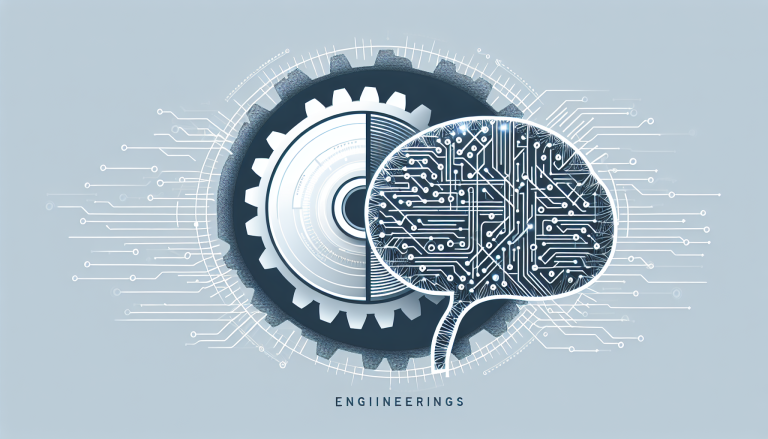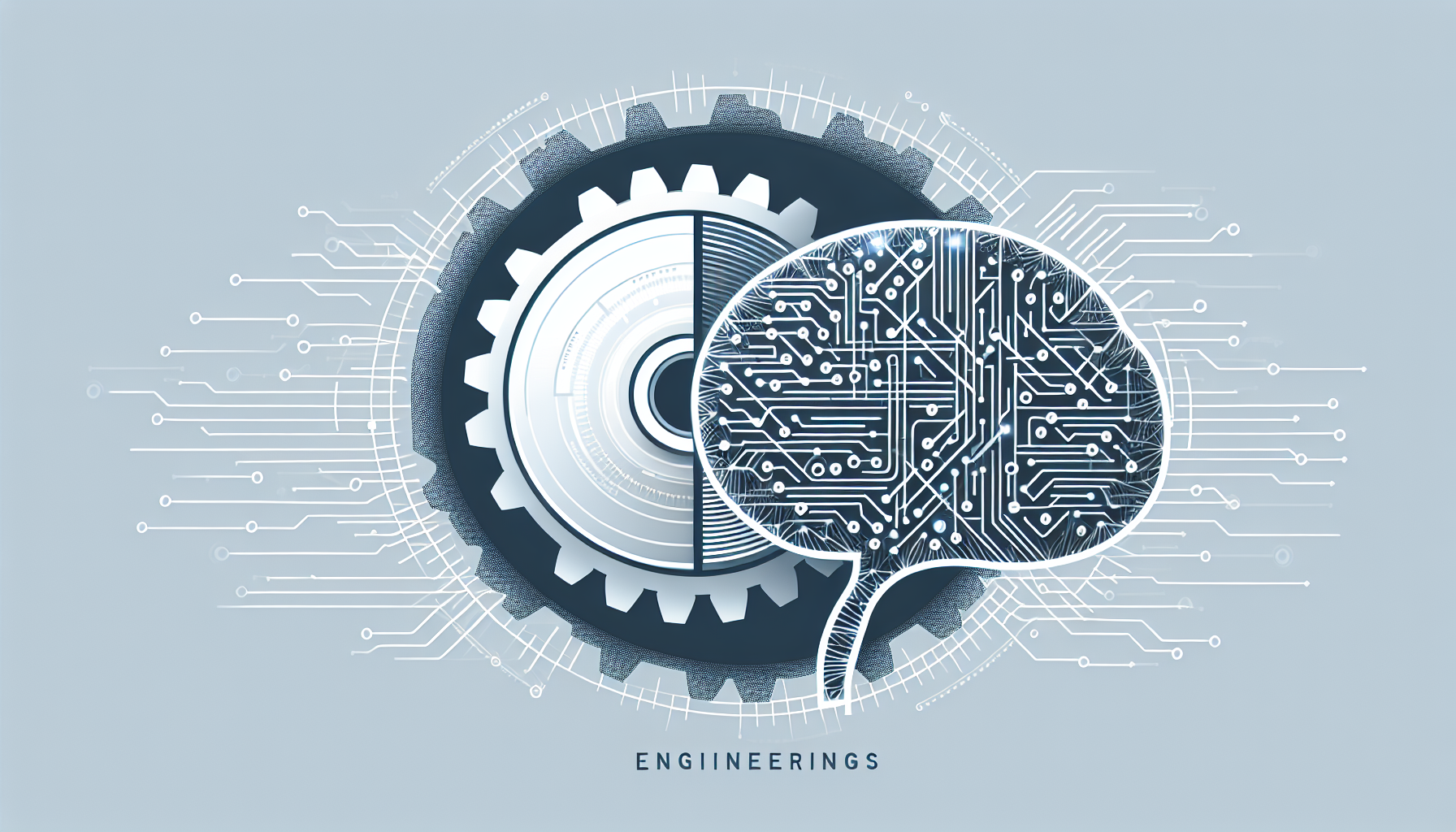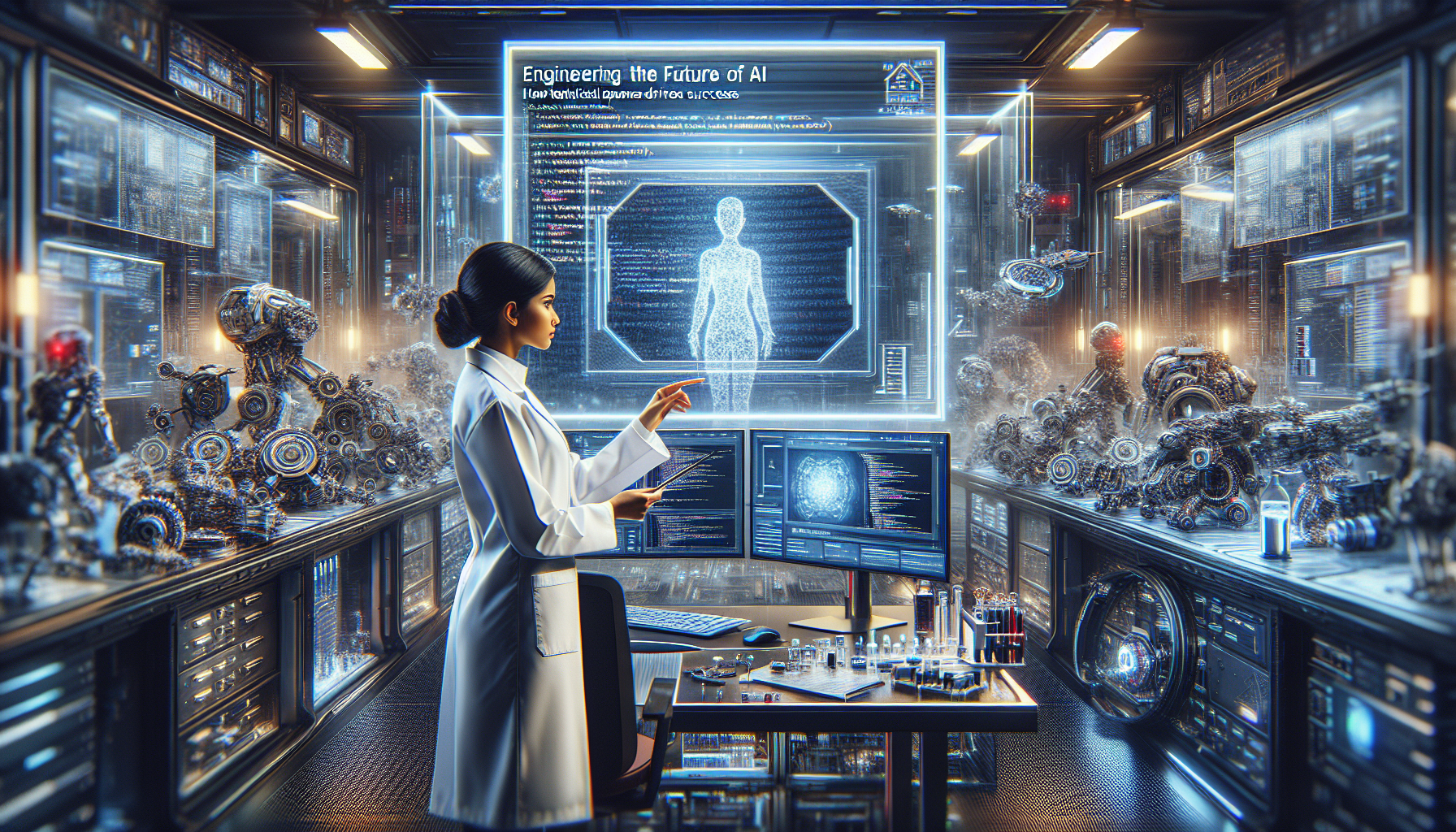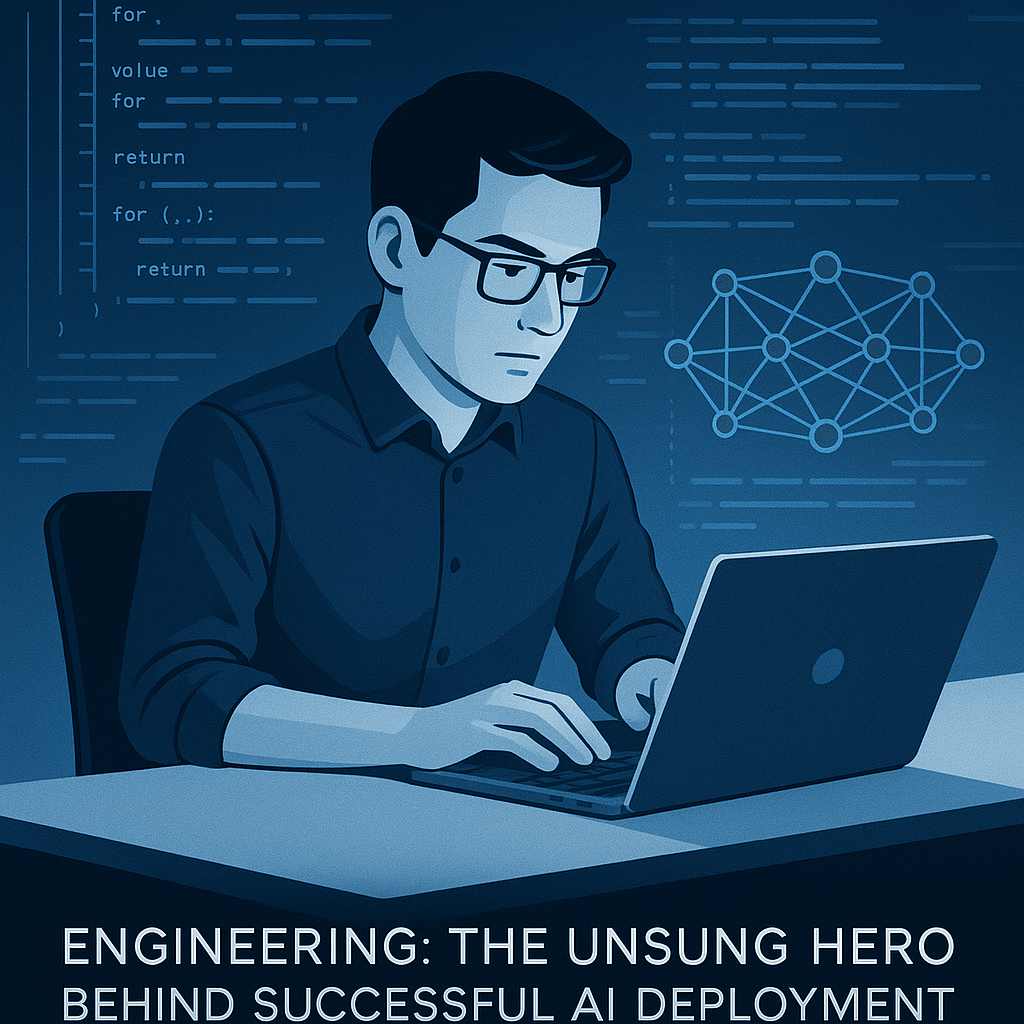# The Role of Engineering in AI Deployment Success
## Introduction
Artificial Intelligence (AI) has rapidly evolved from a theoretical concept to a transformative force across various industries. As AI solutions become increasingly sophisticated, the role of engineering in their successful deployment has become more critical. Engineering plays a pivotal role in ensuring that AI implementations are not only technically sound but also practically effective and user-friendly. This article delves into the intricate interplay between engineering and AI deployment, highlighting key aspects, technical challenges, and best practices.
## The Engineering Process in AI Deployment
The engineering process in AI deployment can be broken down into several critical stages:
### 1. Problem Definition and Requirement Analysis
Engineers must first understand the problem that AI aims to solve. This involves gathering requirements from stakeholders, conducting feasibility studies, and defining success metrics.
### 2. Data Collection and Preprocessing
AI models rely heavily on data. Engineers are responsible for collecting, cleaning, and preprocessing data to ensure its quality and relevance. This stage involves handling missing values, outliers, and transforming data into a suitable format for model training.
### 3. Model Selection and Development
Choosing the right AI model is crucial. Engineers evaluate various models, such as neural networks, decision trees, or reinforcement learning algorithms, based on the problem’s complexity and requirements. They then develop and fine-tune these models to achieve optimal performance.
### 4. Integration and Deployment
Once the model is developed, engineers integrate it into the existing system. This involves creating APIs, developing user interfaces, and ensuring seamless interaction with other system components. Deployment strategies, such as cloud-based or edge computing, are also considered at this stage.
### 5. Monitoring and Maintenance
Post-deployment, engineers monitor the AI system’s performance, identify issues, and make necessary adjustments. Regular updates and maintenance ensure that the AI solution remains effective and secure.
## Overcoming Technical Challenges in AI Implementation
AI implementation is fraught with technical challenges. Engineers must navigate these obstacles to ensure successful deployment. Some of the key challenges include:
### Data Quality and Quantity
AI models require large, high-quality datasets for effective training. Engineers must address issues such as data scarcity, bias, and noise to ensure that the AI system performs reliably.
### Model Interpretability
Complex AI models, particularly deep learning algorithms, can be “black boxes,” making it difficult to understand their decision-making processes. Engineers must strike a balance between model complexity and interpretability to build trust with stakeholders.

### Scalability and Performance
AI systems must be scalable to handle increasing data volumes and user demands. Engineers must optimize models for performance, ensuring they can process data in real-time without significant latency.
### Security and Privacy
AI systems handle sensitive data, making security and privacy a critical concern. Engineers must implement robust security measures to protect data and ensure compliance with regulations such as GDPR.
## Creative Applications of AI in Real-World Scenarios
AI’s potential extends beyond traditional applications. Engineers are continually exploring innovative use cases that leverage AI’s capabilities:
### Healthcare
AI is revolutionizing healthcare by enabling predictive analytics, personalized medicine, and automated diagnostics. For instance, AI algorithms can analyze medical images to detect diseases at early stages, improving patient outcomes.
### Finance
In finance, AI is used for fraud detection, risk assessment, and algorithmic trading. Machine learning models can identify unusual patterns in transaction data, helping financial institutions detect fraudulent activities.
### Manufacturing
AI is transforming manufacturing through predictive maintenance, quality control, and supply chain optimization. For example, AI-powered sensors can monitor equipment performance and predict maintenance needs, reducing downtime and improving efficiency.
### Transportation
AI is playing a significant role in transportation, particularly in autonomous vehicles and smart traffic management. AI algorithms can analyze traffic data to optimize routes, reduce congestion, and improve safety.
## How to Integrate AI into Legacy Systems
Legacy systems often pose challenges for AI integration due to their age and complexity. However, with careful planning and engineering, AI can be successfully integrated into these systems. Here are some strategies:
### Assess System Compatibility
Before integrating AI, engineers must assess the compatibility of the legacy system with AI technologies. This involves evaluating the system’s architecture, data formats, and processing capabilities.
### Data Migration
Legacy systems often use outdated data formats. Engineers must develop strategies to migrate and transform this data into a format suitable for AI models. This may involve data cleansing, normalization, and enrichment.
### Modular Integration
Integrating AI into legacy systems can be achieved through modular approaches. Engineers can develop AI modules that interact with the legacy system’s existing components, allowing for incremental updates and reduced disruption.
### User Training and Support
Legacy systems often have established user bases. Engineers must ensure that AI integration does not disrupt user workflows. Providing training and support can help users adapt to new AI-driven features.
## Conclusion
The role of engineering in AI deployment success is multifaceted and critical. From problem definition to post-deployment monitoring, engineers play a pivotal role in ensuring that AI solutions are technically sound, practically effective, and user-friendly. By overcoming technical challenges, exploring creative applications, and integrating AI into legacy systems, engineers can unlock the full potential of AI, driving innovation and transformation across industries.
## Recommendations for Implementation
1. **Collaborate with Stakeholders**: Engage with stakeholders throughout the AI deployment process to ensure alignment with business objectives and user needs.
2. **Invest in Data Quality**: Prioritize data quality and quantity to build robust AI models that deliver reliable performance.
3. **Focus on Interpretability**: Balance model complexity with interpretability to build trust and transparency in AI decision-making.
4. **Optimize for Scalability**: Design AI systems with scalability in mind to handle increasing data volumes and user demands.
5. **Prioritize Security and Privacy**: Implement robust security measures to protect sensitive data and ensure compliance with regulations.
6. **Leverage Modular Integration**: Use modular approaches to integrate AI into legacy systems, minimizing disruption and enabling incremental updates.
By following these recommendations, engineers can ensure successful AI deployment, driving real-world impact and innovation.



